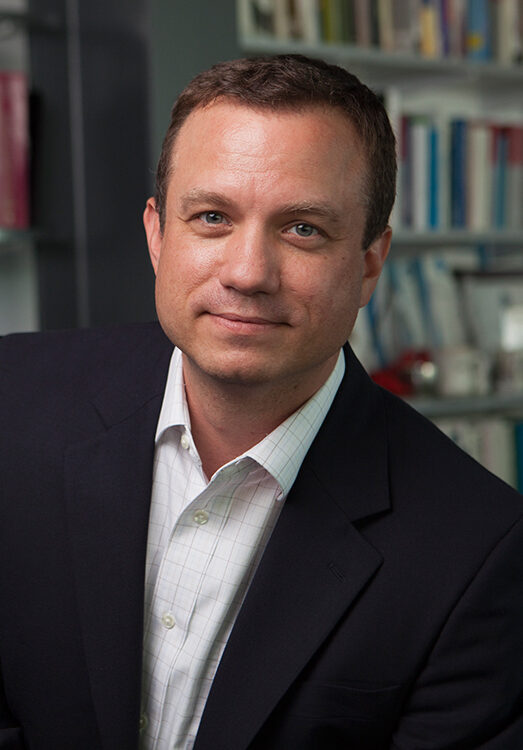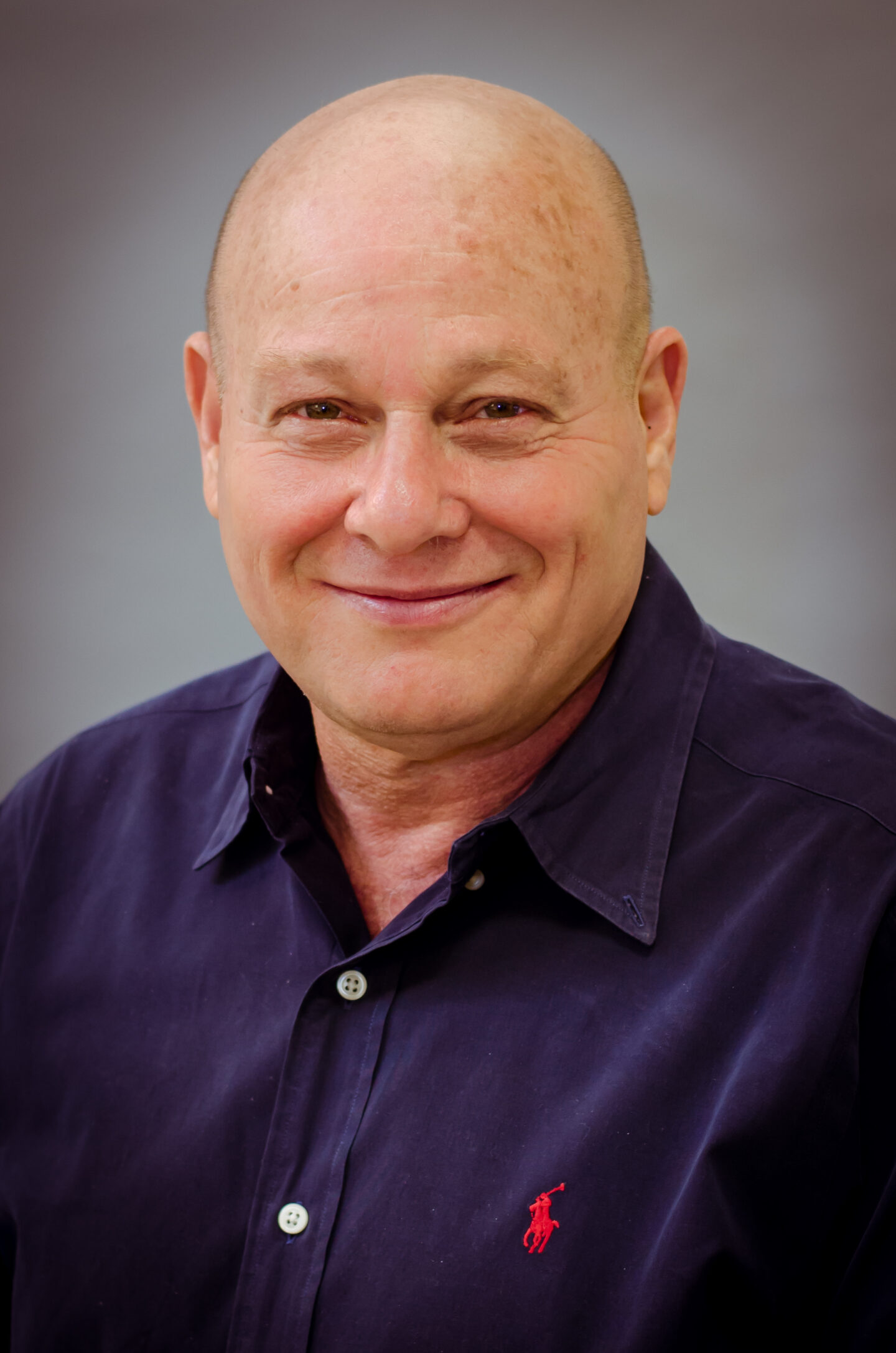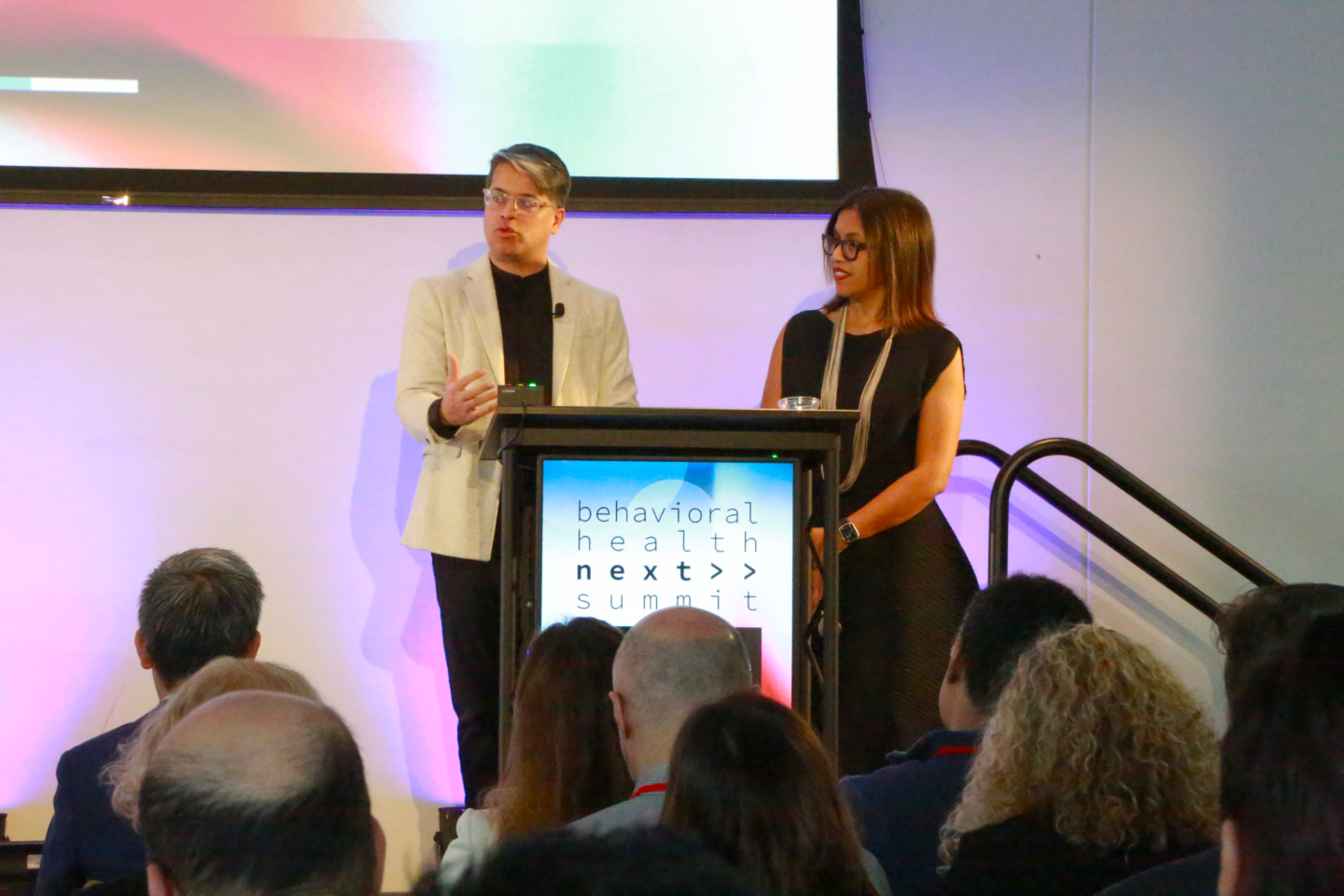
By Kiyan Rajabi, Technion-Cornell Dual Master’s Degrees in Health Tech ’18
In 2014, I saw Zappos CEO Tony Hsieh speak in downtown Las Vegas. Of all he said, what stuck with me most was his notion of ‘collisionable hours,’ in other words: hours spent colliding with people sharing ideas. He conjectured that transplanting people in different communities has the potential to improve them by introducing diversity-in-thought and fresh ideas. I always thought the theory was interesting, but I never really experienced it much in-practice until Cornell Tech built and opened its doors to its new campus on Roosevelt Island.
- I dropped by my technical advisor Deborah Estrin’s office without scheduling an appointment. Our conversation evolved into a discussion about ReverCare, a startup I co-founded with some peers as part of Startup Studio. I told her I was struggling synthesizing all the input we’ve received from our users into our product prototype, one that we aimed to have hyper-personalization. She immediately introduced my team to an entrepreneur whose company helps product teams experiment with and generate user insights.
- Afterwards, I bumped into my friend Ardalan Khosrowpour, a Runway Startup Postdoc in the Cafe downstairs. I told him our product was unique in that the user experience might have to be tailored to users of wide-ranging tech literacy, so he connected me with Stephen Lang, UX designer-in-residence at The Foundry.
- Later that day, I met with the ReverCare team and we started to think through some of the legal implications of gathering data about our users. Rather than getting too deep into a rabbit hole, we immediately FaceTime’d Ari Yannakogeorgos, a friend of ours and LLM candidate. He talked us through data privacy law and gave us some resources to sift through.
Though it’s not necessarily representative of my everyday, it really does highlight that I’m surrounded by a culture that is supportive, generous, and agile. As such, I’ve identified a couple patterns I believe enhance opportunities for catalyzing these interactions in other environments as well:
1. Create spaces that cultivate interactions
There should always be opportunities to meet people you don’t everyday and have cross-function topics of discussion. WeWork has championed this originally through co-working space, but they continue to push these boundaries with other ventures like co-living through WeLive.
Cornell Tech also designed its campus for maximal interaction. Through communal spaces with open-floor plans, students also reap the benefit of every faculty department being housed in the same building. Gabe Ruttner, a friend who started the company Ursa out of Cornell Tech, told me many of his early business development relationships have been sparked by introductions to campus visitors. He recently said to me: “This place is a community in its truest sense. The environment offers much more than just a set of desks.”
2. Design structured interactions between people of different backgrounds
Organizations and businesses should strive for different departments to collaborate on projects together; bringing these varying perspectives will undoubtedly yield inventive thinking.
One of the ways they do this at Cornell Tech is through required experiences like the Studio Curriculum, but there’s also potential to take classes with students in other programs: in fact, it’s recommended we take courses in other departments. In addition to learning in conjunction with business, engineering, and law students, I also had the opportunity to work with them on projects. We have monthly scrums where we pitch our projects to other Studio teams and ask for their candid, critical feedback; we’re also sure to leave our feelings at the door.
3. Create open communication channels
Create communities that are constantly open to helping each other out, and always ask people, “what’s your biggest challenge right now?” to determine how you can be most helpful. Try to get buy-in from everyone in the ecosystem, regardless of their seniority.
Use platforms like Slack, GroupMe, and groups on WhatsApp. They’re faster than e-mail, and they let you really take advantage of the Network Effect. It may seem counterintuitive, but it actually saves you hours from needing to schedule lengthy meetings to get everyone communicating. This does not, obviously, replace the necessity for face-to-face meetings; it just reduces their frequency and duration. Another one of our practices is to bring everyone together for a targeted Town Hall. We do these monthly as a student body, but they also occur with specialized topics like student life with our Dean Dan Huttenlocher or program directors to discuss the curriculum. No matter what, aim to involve all leaders from every area and level.
Cornell Tech also recently allowed me to ‘take-over’ their Instagram stories for a day as an individual student. My mention as a health tech student prompted a Roosevelt Island resident to reach out and propose a way we could work together. By allowing me to officially represent Cornell Tech, I was able to more seriously engage with residents in a more personal way I couldn’t on my own.
4. Get everyone on the same page
Find ways people can engage in something all-together and go through something together.
One of the first students told me what really is his favorite aspect of Cornell Tech are our Sprints. Sprints were inspired from Jake Knapp’s book Sprint and take place monthly for us. It’s a block of time where there are no classes and we commit to a 24-hour work block (except the time we’re sleeping) with our multidisciplinary teams. It’s certainly also when we get the most done.
Companies could also similarly benefit from asking their employees to wholly commit to developing and prototyping an idea for a week by starting with the simple question, “how might we…?”
5. Don’t forget to get out of your bubble
Though much of the time I spent in graduate school is with fellow students, one of the most refreshing aspects of being a part of the Roosevelt Island community is my participation with local organizations: the school, senior center, and art gallery to name a few.
I even took a course that encouraged us to observe a local organization and work with them to create a technology or design a service project to address one of their challenges. We initially strove for intra-organizational impact but quickly realized we should also have inter-organizational forums to unite their respective leaders and again elevate the Network Effect.
That is what Cornell Tech intended when it won the NYC Tech Campus bid in 2011. Its aim was not to solely have an identity as a “Campus of the Digital Age”, but also one with a deep connection and commitment to serve its local inhabitants. Transplanting a bunch of academics on a narrow island will surely shift its dynamics, and ideally they maximize positive collisions and therefore serendipity.
This is definitely not a comprehensive guide to fostering a collisionable environment but hopefully it’s a helpful start. Maybe someday we can all harness that energy from water cooler talk and direct that to an idea or action you wouldn’t come up with on your own. But then again, perhaps we really DO want to have that conversation to determine once-and-for-all if that dress is truly white and gold or blue and black.





